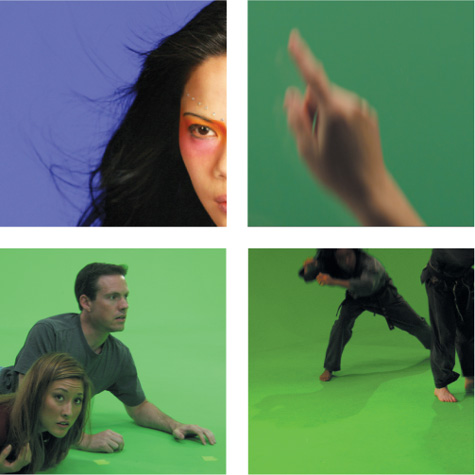Chapter 6. Color Keying

Slow down, I’m in a hurry.
—Franz Mairinger (Austrian equestrian)
Color keying was devised in the 1950s as a clever means to combine live-action foreground footage with backgrounds that could come from virtually anywhere. What was once a fragile and expensive proposition is now fully mainstream; whole films have come to rely on this technique, while The Colbert Report invites anyone with a computer—and more than likely, a copy of After Effects—to try the “Greenscreen Challenge” (and it runs entries from none less than John Knoll).
The process goes by many names: color keying, bluescreening, greenscreening, pulling a ...
Get Adobe now with the O’Reilly learning platform.
O’Reilly members experience books, live events, courses curated by job role, and more from O’Reilly and nearly 200 top publishers.

